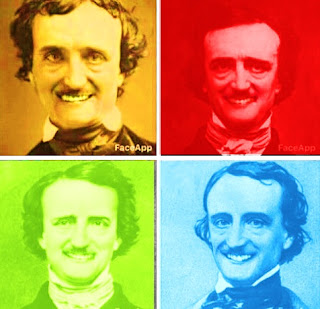Edgar Allan Poe’s “Vampyre”

Sleeping Beauty by Victor Gabriel Gilbert This year, for Halloween, Poe’s “The Sleeper” (1841) is dressing up as a vampire. Actually, she doesn’t really need a costume because if we look at her closely, we may observe that she already fulfills the requirements. Let’s face it, the poem begins at midnight, under a full moon, amid foggy ruins, nodding flowers and a drowsy lake, and we find our undead heroine, Irenë, sleeping in an open coffin. As I pointed out in my earlier analysis (which included a recitation of the poem), an earlier draft of the poem included the word “ vampyre ” in the verse. In fairness, the word was only used as an adjective, to describe the batwing-like panels of Irenë’s family crypt. But we need not dust-off ancient contents from the vault to appreciate the vampirical elements in the poem because they are there in plain sight. The words of the poem, taken at face value, tell the story of a dead woman who does not appear to be dead, and who finds herse






